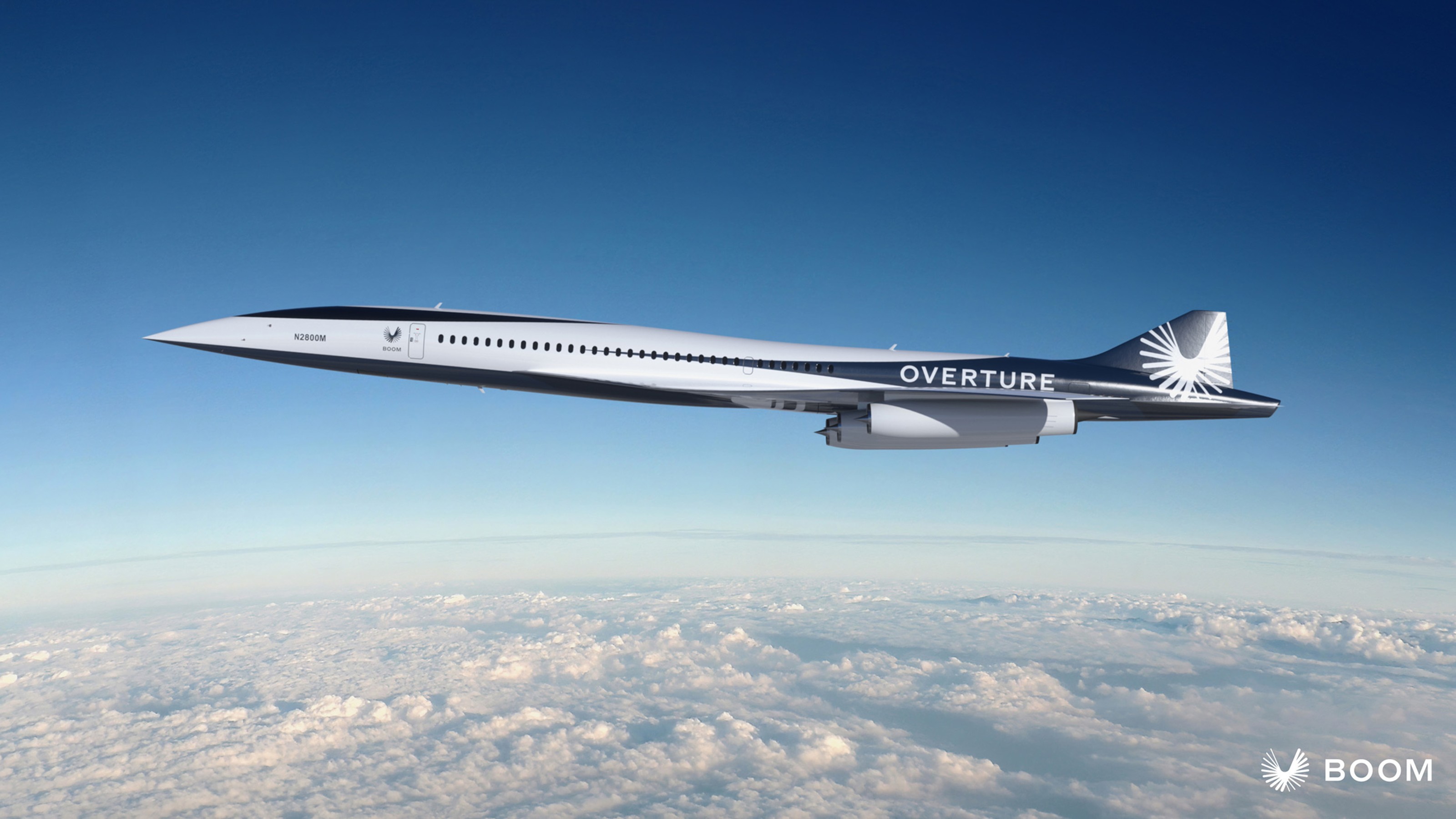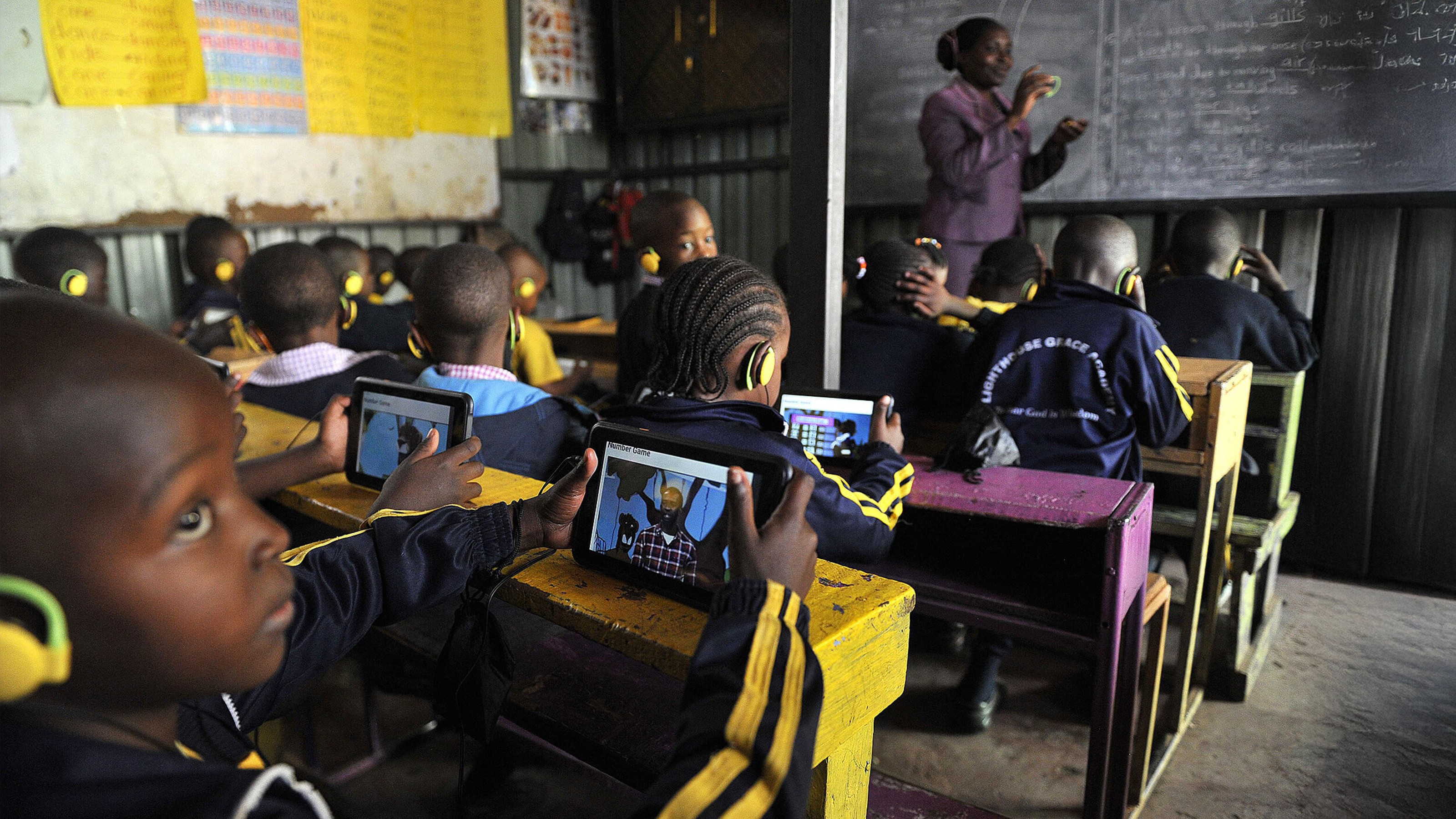Dr. Joseph M. Sussman is the JR East Professor (endowed by the East Japan Railway Company) in the Department of Civil and Environmental Engineering and the Engineering Systems Division at[…]
Sign up for the Smarter Faster newsletter
A weekly newsletter featuring the biggest ideas from the smartest people
When it comes to adopting transportation issues, the federal government has a special role as a cheerleader.
dvanced ideas, but we recognize that takes a long time. So, many of us are involved in, if you will, reeducating through continuing education programs, people who are already 20 years out of school and want to learn about some of these approaches that can help them in their professional development, help the nation deal with the transportation issues that it is concerned with.
The federal government has a special role. It is a facilitator; it is in some sense a cheerleader saying here’s where we need to be going. It needs to set the tone in terms of issues like safety and advanced technology. It needs to do research that can allow different kinds of technologies to roll out and it has to do that in a way that is consistent with the research being done in the private sector as well as the public sector at the state level.
Question: How much should stakeholders be considered?
Joseph Sussman: There are a variety of people with interests in the transportation systems. Obviously we have travelers; we have people who want their freight shipped from one point on the network to another. We have people who are interested in using public transportation. We have people that live adjacent to major transportation facilities like Logan International Airport here in Boston, the Boston metropolitan area. So, a variety of folks are interested in the transportation enterprise, but the way in which they measure its performance may well be very, very different. And we need to take that into account when we make transportation decision.
Let’s suppose we are talking about adding physical capacity to Logan International Airport. We want to add runway capacity, let us say. For somebody living out in the suburbs of Boston, like me for example. We’re all for it. We think adding to the capacity of Logan is terrific, so we don’t get delayed when we are leaving for Chicago, we don’t get delayed when we are flying in from Los Angeles, the system will operate more effectively, more smoothly if we have additional capacity on those runways. But everybody isn’t necessarily feeling that way. If you live adjacent to the Logan property and you’ve got planes flying over your house all day long. Your view of additional capacity at Logan is not a very positive one. They feel people living in that environment and the Mayor of the City of Boston is included in that class, feel that maybe somebody else should take some of the environmental pain of having an airport. Everybody understands the need for the airport, but the question of whether it’s being spread out among the stakeholder community maybe less clear.
So if we are able to develop a mathematical model to say, here’s what will happen at Logan if we add a runway. Here will be the improved throughput of Logan as an airport. Here are the effects on other airports around the region and around the country of Logan being a better node and the airlines are of course very interested in that. How often have you sat in an airport and your flight is delayed and you look out and the sun is shining beautifully, but you’re waiting for an airplane to come in from Chicago where it’s snowing. And so, the notion of the transportation network comes into play.
The federal government has a special role. It is a facilitator; it is in some sense a cheerleader saying here’s where we need to be going. It needs to set the tone in terms of issues like safety and advanced technology. It needs to do research that can allow different kinds of technologies to roll out and it has to do that in a way that is consistent with the research being done in the private sector as well as the public sector at the state level.
Question: How much should stakeholders be considered?
Joseph Sussman: There are a variety of people with interests in the transportation systems. Obviously we have travelers; we have people who want their freight shipped from one point on the network to another. We have people who are interested in using public transportation. We have people that live adjacent to major transportation facilities like Logan International Airport here in Boston, the Boston metropolitan area. So, a variety of folks are interested in the transportation enterprise, but the way in which they measure its performance may well be very, very different. And we need to take that into account when we make transportation decision.
Let’s suppose we are talking about adding physical capacity to Logan International Airport. We want to add runway capacity, let us say. For somebody living out in the suburbs of Boston, like me for example. We’re all for it. We think adding to the capacity of Logan is terrific, so we don’t get delayed when we are leaving for Chicago, we don’t get delayed when we are flying in from Los Angeles, the system will operate more effectively, more smoothly if we have additional capacity on those runways. But everybody isn’t necessarily feeling that way. If you live adjacent to the Logan property and you’ve got planes flying over your house all day long. Your view of additional capacity at Logan is not a very positive one. They feel people living in that environment and the Mayor of the City of Boston is included in that class, feel that maybe somebody else should take some of the environmental pain of having an airport. Everybody understands the need for the airport, but the question of whether it’s being spread out among the stakeholder community maybe less clear.
So if we are able to develop a mathematical model to say, here’s what will happen at Logan if we add a runway. Here will be the improved throughput of Logan as an airport. Here are the effects on other airports around the region and around the country of Logan being a better node and the airlines are of course very interested in that. How often have you sat in an airport and your flight is delayed and you look out and the sun is shining beautifully, but you’re waiting for an airplane to come in from Chicago where it’s snowing. And so, the notion of the transportation network comes into play.
Recorded on January 25, 2010
▸
3 min
—
with





